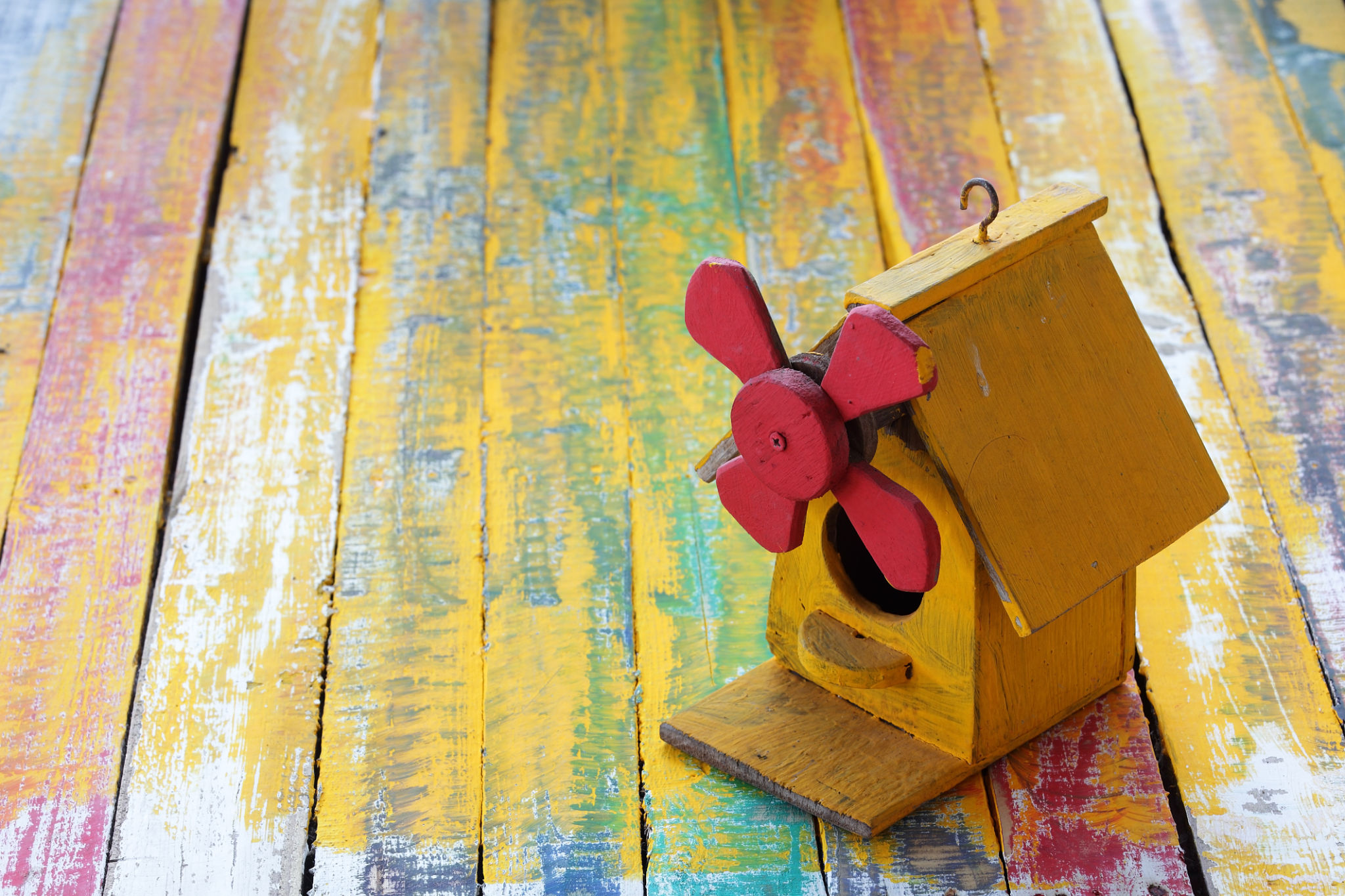How to Prepare Your Yard for Pet-Friendly Spring Cleaning
AJ
Understanding the Need for Pet-Friendly Yard Cleaning
Spring is a time of renewal, not just for nature but also for our homes and yards. As a pet owner, ensuring that your yard is safe and clean for your furry friends is a top priority during spring cleaning. Embracing a pet-friendly approach not only benefits your pets but also enhances the overall health and beauty of your outdoor space. In this guide, we’ll explore effective strategies for preparing your yard while keeping your pets’ safety in mind.

Inspect and Repair Fences
The first step in preparing your yard for spring is to inspect all fences and gates. Look for any loose panels, holes, or gaps that your pet could squeeze through. Repairing and reinforcing these areas ensures that your pets remain secure within the boundaries of your yard. Consider adding additional security measures such as self-closing gates if needed.
Check for Toxic Plants
Spring brings an abundance of new plant growth, which can include plants that are toxic to pets. Common toxic plants include lilies, azaleas, and daffodils. Perform a thorough check of your yard and remove any potentially harmful plants. Replace them with pet-friendly alternatives like sunflowers, snapdragons, or marigolds, which are safe and vibrant additions to your garden.
Clean Up Debris
During winter, debris such as fallen branches, leaves, and other clutter may accumulate in your yard. Clearing these away is essential to create a safe environment where your pet can play freely. Use a rake to gather leaves and twigs into piles for easy disposal. Ensure that sharp objects or hidden debris are removed to prevent injuries to your pets.

Prepare Your Lawn
A lush green lawn is perfect for pets to frolic on. Start by aerating your lawn to promote healthy grass growth. Aeration helps improve air circulation and water absorption in the soil. After aerating, consider overseeding with pet-safe grass varieties that can withstand wear and tear from pets’ activities.
Use Pet-Safe Lawn Care Products
When selecting fertilizers or pest control products, opt for pet-safe alternatives. Many traditional lawn care products contain chemicals that can be harmful to pets if ingested or absorbed through their paws. Organic fertilizers and natural pest repellents offer an effective way to maintain your lawn’s health without compromising your pets’ safety.
Create a Designated Play Area
If you have a larger yard, consider setting up a designated play area for your pets. This space can include pet-friendly features like sandboxes, tunnels, or even small agility courses. Not only does this provide entertainment for your pets, but it also helps keep other parts of your yard from being worn down by heavy activity.

Maintain a Clean Water Source
As temperatures rise in spring, ensuring that your pets have access to clean and fresh water is crucial. Regularly clean and refill water bowls to prevent the growth of algae or bacteria. If possible, consider setting up a small pet fountain in the yard to provide a continuous source of fresh water.
Regularly Monitor Your Yard
Finally, make it a habit to regularly inspect your yard throughout the spring season. Look out for any new growth that could be harmful, monitor the condition of fences and gates, and ensure that the play areas remain safe and engaging for your pets. Regular maintenance helps maintain a pet-friendly environment all season long.